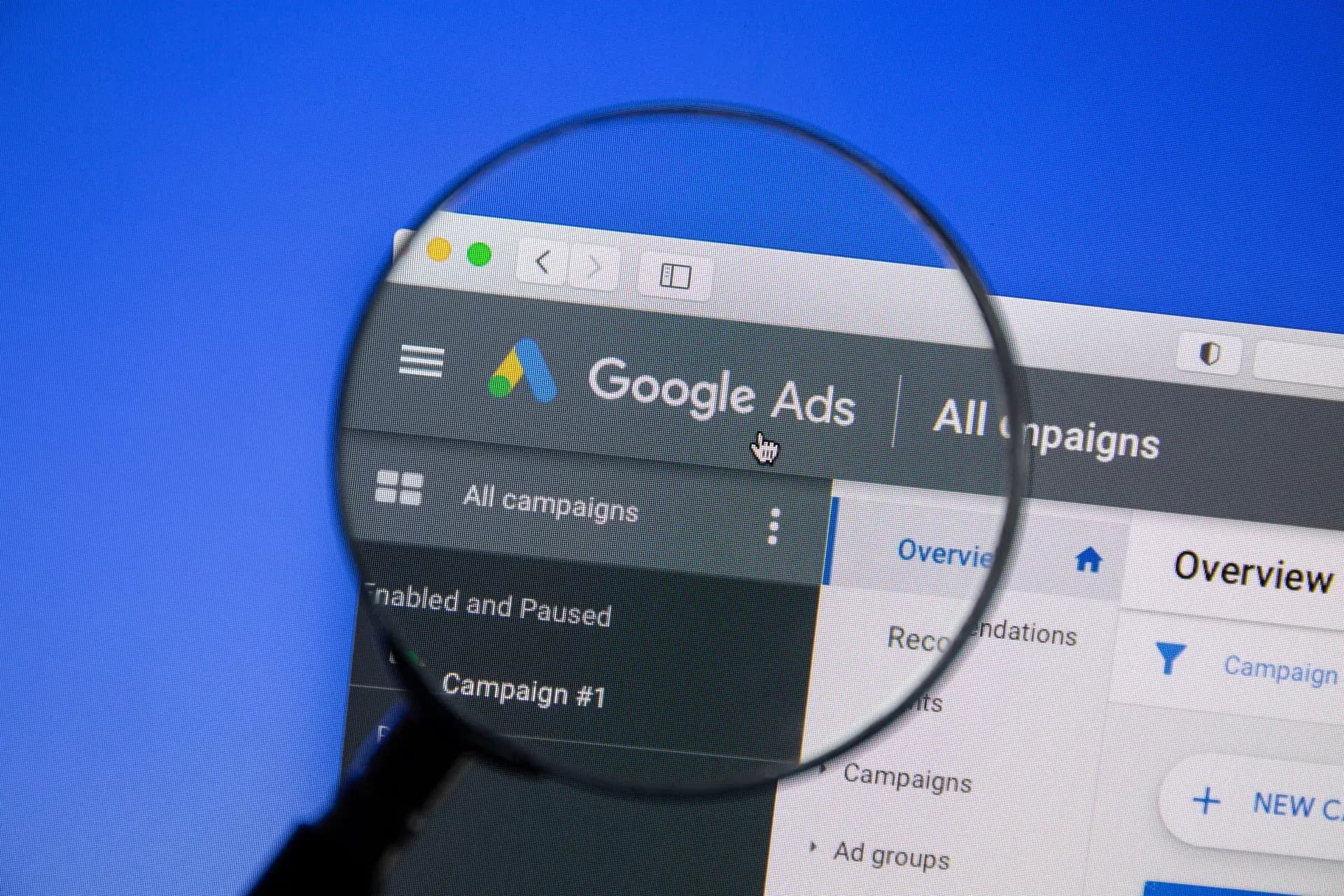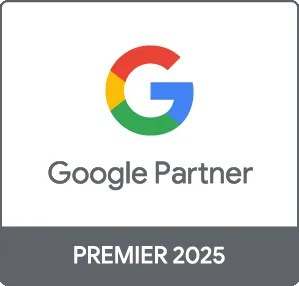Google Ads can be one of the most effective ways to reach your target audience and drive conversions. However, not everyone sees the desired results due to suboptimal strategies. In this comprehensive guide, we’ll explore proven techniques for Google Ads optimization that will help you maximize your return on investment (ROI) and improve ad performance.
Understanding Google Ads Optimization
Google Ads optimization involves continually refining your campaigns to achieve better performance metrics, reduce cost-per-click (CPC), and increase conversion rates. The ultimate goal is to ensure your ads reach the right audience at the right time while maximizing your advertising budget.
1. Conduct Thorough Keyword Research
Keywords are at the core of any effective Google Ads campaign. Start by:
- Using Keyword Tools: Leverage tools like Google Keyword Planner to identify high-performing keywords.
- Consider Long-Tail Keywords: These keywords are specific and can lead to higher conversion rates with lower competition.
- Regular Updates: Continually refine your keyword list based on performance data.
2. Crafting Compelling Ad Copy
Your ad copy is your first impression. Optimize it by:
- Using Strong Calls-to-Action: Encourage users to click by using phrases like 'Sign Up Now' or 'Get a Free Quote.'
- Highlighting Unique Selling Points: What sets your product or service apart? Make sure to communicate this clearly.
- A/B Testing Ad Variants: Test different headlines and descriptions to find the most effective combinations.
3. Optimize Landing Pages
Where your ad leads is just as important as the ad itself. Focus on:
- Relevance: Ensure the content of your landing page is relevant to the ad clicked.
- Mobile Responsiveness: Ensure your landing page is optimized for mobile devices since a significant portion of traffic comes from mobile.
- Loading Speed: A slow-loading page can cause high bounce rates; optimize images and minimize redirects.
4. Utilize Ad Extensions
Ad extensions enhance your ads and provide additional information. Use extensions like:
- Sitelink Extensions: Link to specific pages on your website for better navigation.
- Call Extensions: Allow users to call your business directly from the ad.
- Location Extensions: Help promote local businesses and attract nearby customers.
5. Analyze Performance Metrics
Regularly monitoring your metrics is crucial for ongoing optimization:
- Click-Through Rate (CTR): A higher CTR typically indicates that your ads are relevant and engaging.
- Quality Score: This affects your CPC; improve ad quality to lower costs.
- Conversion Rate: Monitor and assess what is working and refine your strategy accordingly.
Conclusion
Google Ads optimization is not a one-time task but an ongoing process of refining your campaigns to improve results and reduce costs. By implementing these strategies—conducting thorough keyword research, crafting compelling ad copy, optimizing landing pages, utilizing ad extensions, and regularly analyzing performance metrics—you can significantly maximize your ROI. At Prebo Digital, we specialize in Google Ads management and optimization, ensuring your campaigns achieve the best results. Ready to amplify your advertising efforts? Contact us today for expert assistance!





